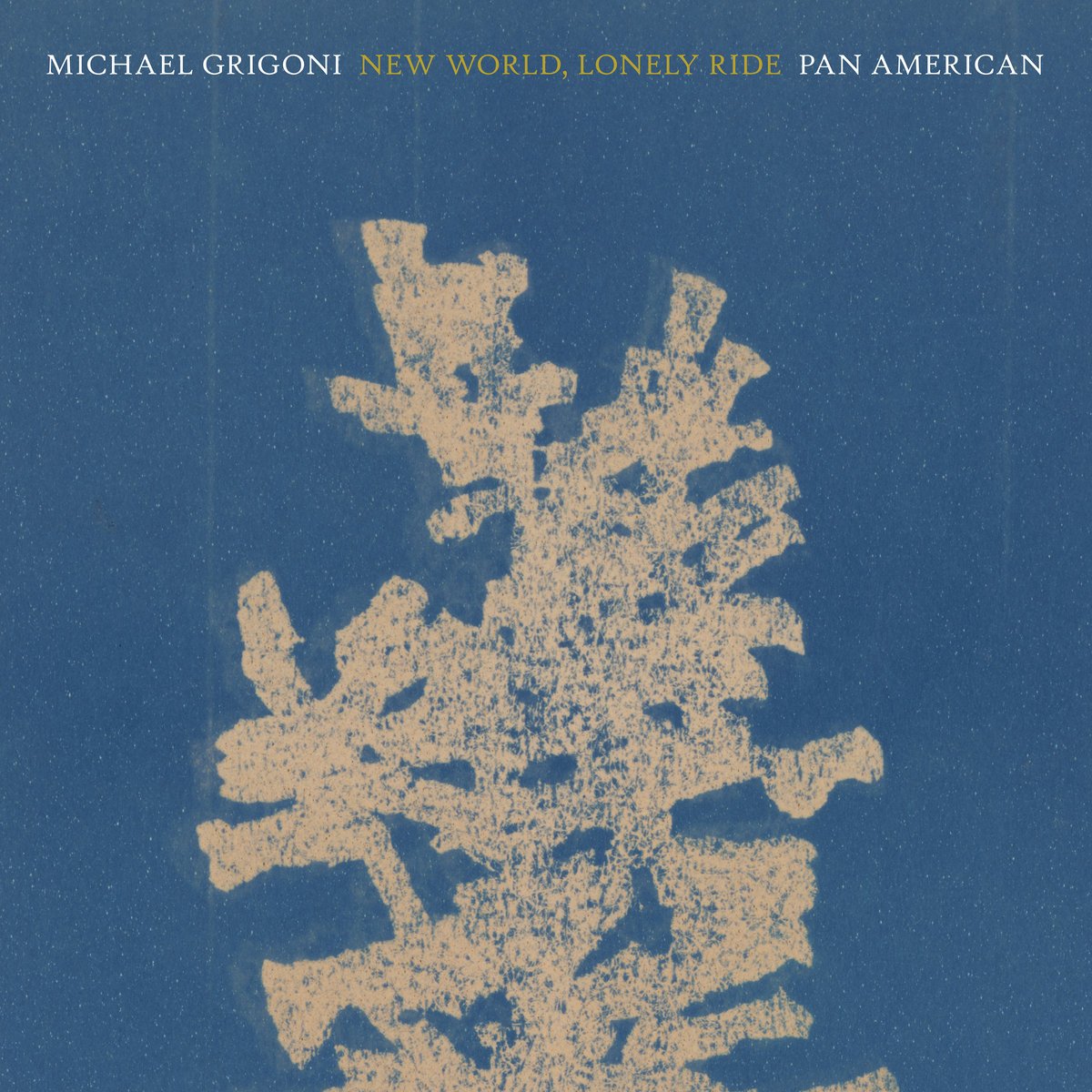by Matty McPherson (@ghostplanetmatt)
Even if he's understated by the moment, Mark Nelson is an elder statesman in the current realm of instrumental guitar music. I'm always interested in what the Labradfordian is moving towards. He gives reliably infrequent, yet humble, meditative interviews that reveal eclectic taste (turn of the century Abercrombie on ECM, contemporary reggae). He doesn't tour the US really (something that could be chalked up to lacking a domestic booking agent and keeping up a steady plate), yet's done a handful of engagements here and across the pond in the 2020s. Still at the heart of Kranky.
When I probed him on Labradford, Nelson positioned the band uniquely, not as progenitors of post-rock, but of a delicate trio that infiltrated the post-hardcore DIY spaces/touring network in the 90s and found like-minded travelers that wanted to go quiet. The sonic dialogue Labradford carried over six increasingly taciturn, yet emotional omnivorous albums, only seemed to become a going concern for Nelson with the fourth Pan•American release, Quiet City (perhaps the defining album depending on your dub standards or folk/country leanings). Up to that point, Nelson had tinkered with sampling and drum machine towards a 90s style-dub techno palate that just happened to be a subterranean to the southern gothic of the Labradford run.
"In general, I don't really reflect [on releases decades ago]. I tend to just move forward and be focused on whatever the next thing is going to be...I Just forgot my last record was called the Patience Fader[laughs]" It's an illuminating excerpt from Simon Kirk's latest check-in at Sun-13 with Nelson key to his overarching methodology. Those early Pan•American albums are excellent documents, but his consistent shrewdness to repeat those sounds (even well into the 2010s) made each one expansive. His ear for patience & deep space were forged to the point where each album revealed itself for a novella; spaces with starts, tensions, climaxes, and hushed détente. Only since Nightbirds and A Son has he really stayed honing a novella style like this for so long.
In the months I've visited the album, I've attempted to give it space in rooms or patios at different times of day, seeing what uncovers. Perhaps because every cut has the same general structure: Nelson lays down a synthesizer chord alongside a plainspoken guitar riff. This merger of the two as a movement-type drone has been a technique he's been testing since a one-off on Across the Horizon, and makes album stand-outs “Silver Streams” & “South Canyon” amongst the most luscious in Pan•American's catalog. Meanwhile, Michael Grigoni provides pedal or lap steel (perhaps dobro), to further refine the delicacy of the moment. Nelson builds the background, Grigoni furnishes the foreground; sometimes it reverses depending on which element you take to more. The result is ten tracks that stay economical, focused. Almost enough to miss it.
The stillness that emerges took time. I had to let little memories of introverted dream time, alone together, of this nearly half-decade wash over me. Claire Rousay and Mari Rubio have been working in this realm for the past half decade, as have Old Saw and John Kolodij. Their works have at times taken towards greater abstract terrain; one where the listener leaves with an epiphany as much as a trance. Trances, though here in spades, often are spurned on because Nelson and Grigoni wrote songs underneath their atmospherics they traded back and forth. Grigoni's as patient as Nelson in his time signature, taking simple lulls terraforming them into lullabies. Isolate each of their pieces apart, attempt to hear both remote collaborators as such, and you sense both gentlemen trying to deep listen to each other & strike a waltz; “Black River Song” is practically a celestial one for the moonlight, another bona fide highlight.
Moments like that reflect how the naturalism of this last Pan•American collaboration feels less...frosty than before. The rugged distance of A Son or under-sung grief of The Patient Fader have thawed. Welcoming reflections of quaint, dusty rooms of fragile artifacts, sun-stricken morning commutes in isolation (something a nifty visual accompaniment the two made for “Sun Morning Sun” teases as a resonant affect), evenings on the patio lit by fireflies. Content is one way to put it. That most meditative, featherweight feeling Nelson has ever been able to document in recent memory. These two are fellow travelers worthy of seasonal rotation for the rides to come.

